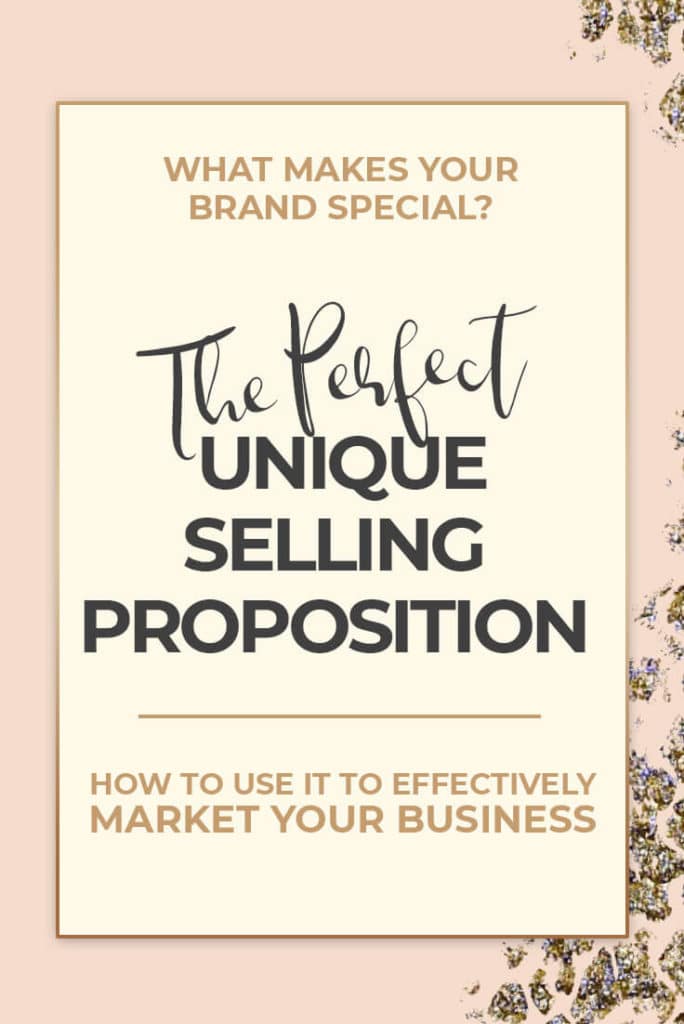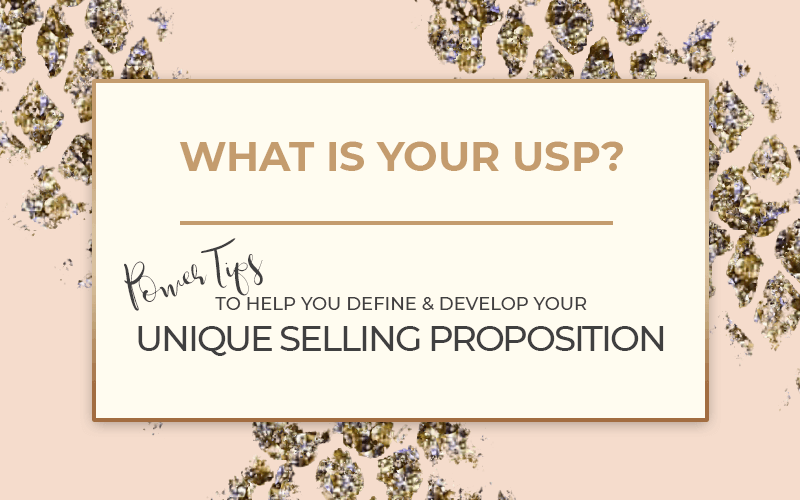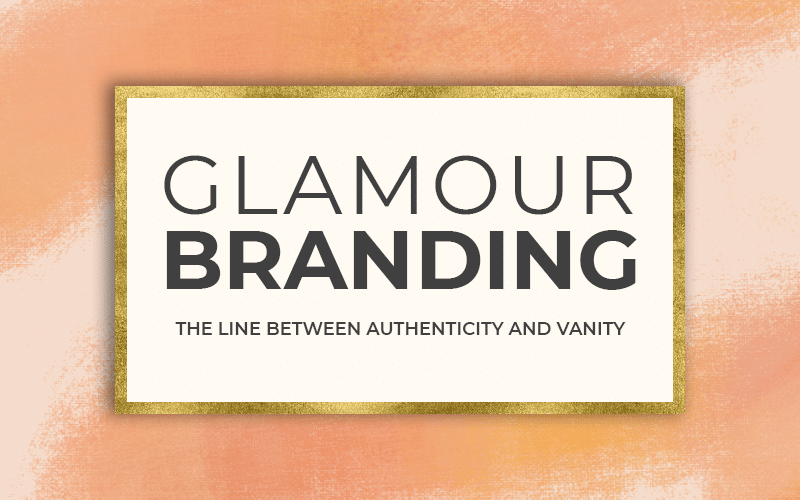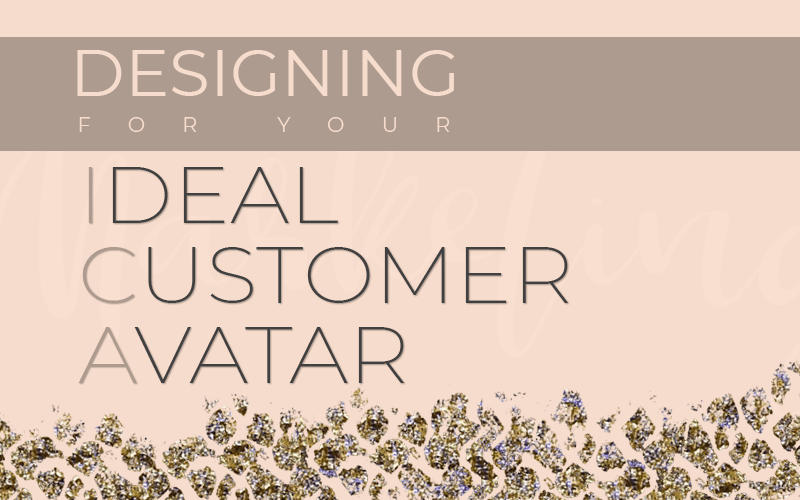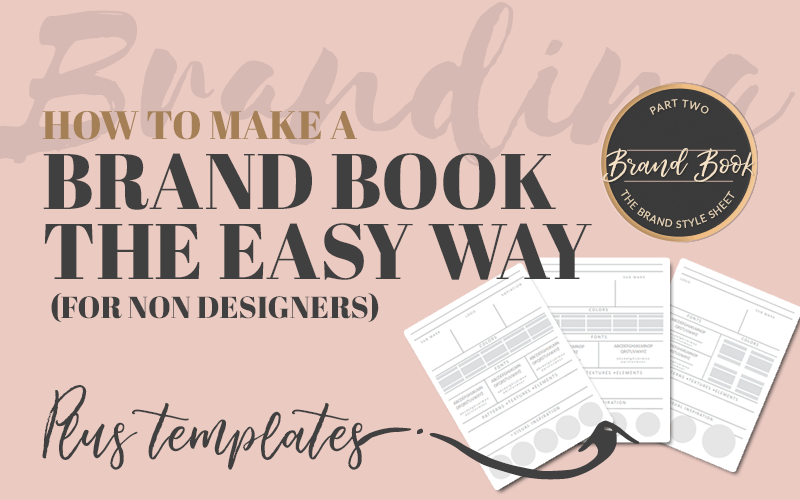What is Your USP? Unique Selling Proposition
Defining a unique selling proposition is critical to marketing your product. So what is your USP (unique selling proposition)? Second only to, defining the ideal customer avatar (ICA). The USP drives your marketing. Most important, a USP will create more powerful interactions with potential customers.
Here’s the deal, no matter what you do or what business you run, you’re going to have to do this work. Creating a unique selling proposition is difficult. It can be frustrating, and you may not know what to say. I’ve been there.
I’ve sat in one spot and stared at a blank screen trying to come up with something that makes my business unique. Sometimes we can’t look past ourselves, we are so close to something that it’s difficult to put into words what we already know. The tips that I’m sharing here are meant to help you bring that unique aspect of yourself or your business out so that you can communicate what you already know. Express it in your branding and communication with your potential customers.
This work is hard. We often try to avoid the things that are most difficult, but it is desperately needed to communicate your value to your customers and to help you market your business in the best possible way.
What is a Unique Selling Proposition?
A unique selling proposition is a statement of how you uniquely serve your customers. This statement defines how your product stands out from the competition. The USP also highlights the benefits of those differences for the consumer.
Building a Business Vs. Building a Brand
There are two types of people in business, the planners and the risk-takers. One is careful and strategic the other throws the plan out the window and just gets things done.
Are you a careful planner or a just do it and adjust as you go type of person? It’s important to know who you are so that you know how to approach building a unique selling proposition.
The Planner – Build your market then build the product
You build an audience and a following on social media. Planning is key. If you build the audience, you have the advantage of working around your general niche. Building a product around your audience. What better product to offer than the one your audience is telling you they need and want?

In this way, you’ll already have validation for your product and less risk. You’ll have a market and access to them. Speaking to your market before launching a product cuts risk significantly. On the downside, this approach takes a lot of time and work upfront.
The Risk Taker – Just Launch, build a market as you go
You want things to happen now or you’re already set on a product idea. If you have the capital to sustain your product, sometimes you just need to launch and figure it out as you go.
You can get a lot of insights from sending out test products and working on beta with a small group of people. Then make adjustments later. I truly believe in the “perfect comes later” approach to business, in some cases.
I implement “perfect comes later” on my blog, videos and, social media all the time. However, I am not as risk-tolerant as I would have to be to feel comfortable with this amount of risk.
Be careful, “Perfect comes later” is not the best approach in every situation. Especially when the cash flow to sustain an untested product is not there.
How to Define a Unique Selling Proposition
The process of defining a unique selling proposition is not a one size fits all process. There are different aspects and angles you can take for defining yours.

The easiest and most direct way to find your USP is to identify the selling points, benefits, and features. Once you have that, all you have to do is figure out if these selling points are desirable enough to get you sales.
How to Write a Unique Selling Proposition
The selling points of a product are the focus of a marketing position. The unique selling proposition speaks those points to the consumer. Sometimes established selling points are not enough to market a successful product.
We have to create a unique selling proposition that speaks to the needs and desires of the consumer.
What are your Unique Selling Points?
The most direct way to identify the selling points of a product is to make a list. An exhaustive list of the products form and functions.
The form is all about design, aesthetics, and user experience. Make a list of what is unique about the design of your product.
The function is all about what your product does. Make an extensive list of what your product does, the features.
From these lists, what are the elements that make your product unique or interesting? What are the elements that the consumer will benefit from the most? These are the unique selling points you will use to craft a unique selling proposition.
More Posts on this Topic
What to do When you Don’t have Unique Selling Points
You want to start a business but all your ideas are lackluster. You can’t come up with a product unique enough to create any real impact in the market. The best solution here is to build a product around the market rather than finding a market for the product.
What about this scenario. You get completely excited about an idea. Start making plans and fall in love with the product. Only to realize that the market is saturated with offerings just like yours. Not to worry, all you have to do is make changes to the existing product to make it more appealing to the market.
Let’s look at both of these in a little more detail.
Building a Brand Then a Product
Your brand is an asset, it has brand equity. A strong brand has value even without the products. With an established brand, you also have the luxury of front-of-mind positioning. The ability to scale brand equity can set you up for a successful product launch in the future. Through trust, relationships, and consistency.
Building a brand takes time. Still, it’s easier than creating an online store or a business from nothing. Starting from nothing means you have to pour money into advertising and hope for the best. A brand has a relationship with the audience that a new business can’t compete with, without significant capital.

Build a brand not a business
There is a big difference between a transactional business and a brand. People relate to and become emotionally vested in a brand. A brand is not a unique selling proposition in itself. However, it creates a USP by association with your established brand name.
What did you think the first time you saw prepackaged Starbucks Coffee in the grocery store? You already knew the brand so there was no question about the quality or taste. Assuming you’re a Starbucks fan, you bought it because you love the brand.
A side benefit to creating a brand is free marketing from branded merchandise. This may not be a part of your marketing strategy but it’s powerful social proof. Consumers are willing to pay for products to market your business. Starbucks has coffee mugs, Nike has, well, basically everything they sell. When we love a brand, we brand ourselves. That is powerful marketing.
Creating A Unique Selling Proposition when you already have a product
You can use these techniques even if you’re building a product around a market to get further validation. However, if your product is already designed and built out, this is where you start. Here are a few angles to think about when creating your USP.
Crafting a Better Offer
Make a better or different offer than competitors that sell similar products. The ability to stand out is critical to marketing a product successfully. Even more so when marketing on social media where the noise is much louder.
Use processes like design sprints to work out what can be done to create a more dynamic product. This process takes you from brainstorming to prototypes and user testing in a matter of days. Read more about this process here. In the meantime, here are a few ideas to help you start your brainstorming session.

Change the product functions
How can you change the product in a way that will benefit your customers? The idea is not about changing the entire product. Unless you’ve discovered through testing that the product is not viable. I’ll assume it’s a viable product. Here are a few angles you can take.
Where can you add a feature or a benefit to the existing product? These features and benefits help the product to stand out. At the same time, add tremendous value to your customer.
Revisit the list of functions you made for your product again. What special functions or features can you add to that list to stand out in the market?
Product Design
Changing the product design is not about features and function, we’re going back to form here. Product design and aesthetic are powerful because they appeal to aspiration. This is one of the key elements in glamour branding. Glamour branding is something I talk about extensively in this article. It’s important to note that this applies to restaurants, salons and other service-based industries just as much as it does to products for purchase.

Change something about the way the product is designed. The design creates a unique or more enticing appeal to your prospective customer.
For example, if you sell reusable straws, consider adding aesthetic elements. Gold accents, engravings or other specialized design elements. Keeping in mind what will resonate with a specific audience. The function is the same but the appeal is much greater.
Enhanced product design creates a desire for your product in a specific type of person. It does not appeal to a general audience. Therefore, you must be mindful of who you target. Appealing to consumer aesthetic can be limiting. Make sure the product is still viable with a redesign.
USP’s to apply to new and existing product marketing
Time and Quantity Constraints
A tactic used in glamour branding is making something unattainable. Attainable to only a few or for a short time. When consumers feel like something is out of reach it increases the desire for that thing. This is something I see done religiously with online promotions. Online course creators especially use this tactic with great success.
Scarcity can also be applied to products. You can create scarcity and in turn desire for your products as well. Setting limits to the amount of time the product is available. Likewise, restricting the quantity of product available will increase desire.
Limited Editions
Technically, offering limited editions is adding a quantity constraint. However, limited editions are a bit different. Limited editions have several glamour elements associated with them. Namely, limited quantities, unique product design, exclusivity and, a higher price tag. If you can sustain the product by selling less at a higher price point consider limited editions as a USP.

Price Points
Using price points to create a unique selling proposition is also an option. The price point for your product is going to depend largely on the quality of the item you sell. In addition, you have to keep the type of consumer in mind along with the size of the target market.
Low Price Point
A lower price point would mean lower quality to be economically workable. However, the product would be accessible to a larger market.
Standard Price Point

Keeping with a standard price point would keep you in the mid-range. In this scenario, you could offer higher quality at a lower price. However, your pool of customers would also shrink and you would not be an outlier. Meaning, your prices would not be higher or lower than the average, you would be the average. The unique selling proposition here would be high quality at a reasonable price.
High Price Point
Marketing at a higher price point would mean superior quality and superior service. However, your product would be out of reach for the majority of the population. To justify the higher price the product must be far superior to lower-priced competitors. For luxury items, design, features, quality and customer service must be outstanding.
If you choose to add a luxury price tag to your products you can also consider marketing it as a limited edition. Limited edition products will be appealing to those who can afford to purchase. This will create exclusivity and that is highly appealing to the majority.
What is your USP?

Armed with a clear idea of your unique selling points. You can begin to answer the question, what is your USP.
These are the elements of a compelling Unique Selling Proposition.
1. Know and understand your unique selling points and how they benefit the user.
2. It is always about the customer and not the product. Focus on the benefits rather than the features. Answer this question for the consumer, “What’s in it for me?”
3. In your statements, focus on the unique selling points, all other features are a given.
4. Use unique selling points to create short impactful statements about your product. These statements should focus on the emotional needs and desires of the consumer.
Do you see a common theme here? Your USP is the group of benefits (unique selling points) you offer. The consumer pays for the benefits your product offers that they can’t get from anyone else. What is your USP?
What Next?
If you like the informational posts that we share here on Prettywebz, then make sure to subscribe to our newsletter to receive notifications when we send out new videos or blog posts. You can sign up in the footer of any page on the website. Plus, get exclusive design resources you can’t get anywhere else!
Also join me on Youtube as well to check out the playlists I’ve set up for Photoshop, PowerPoint and other software you can use to design your online graphics.
Did you like this post? Share it with a friend or save it for later by pinning this image!
